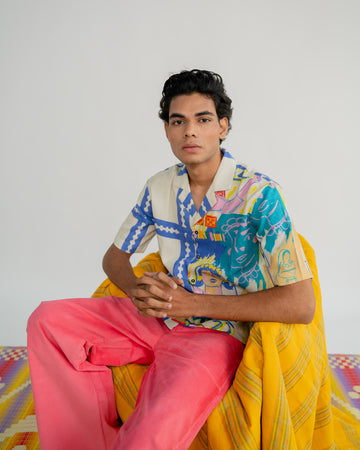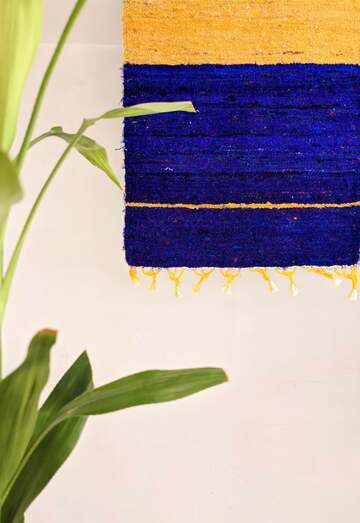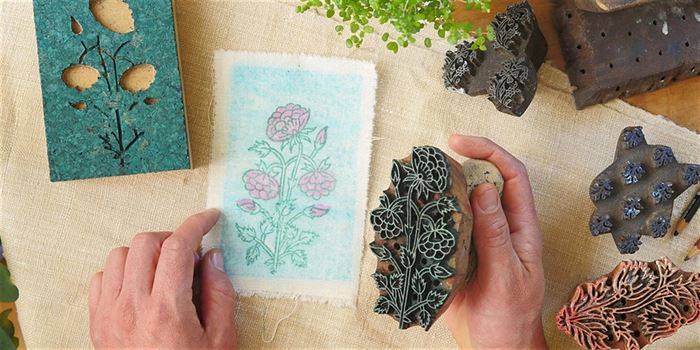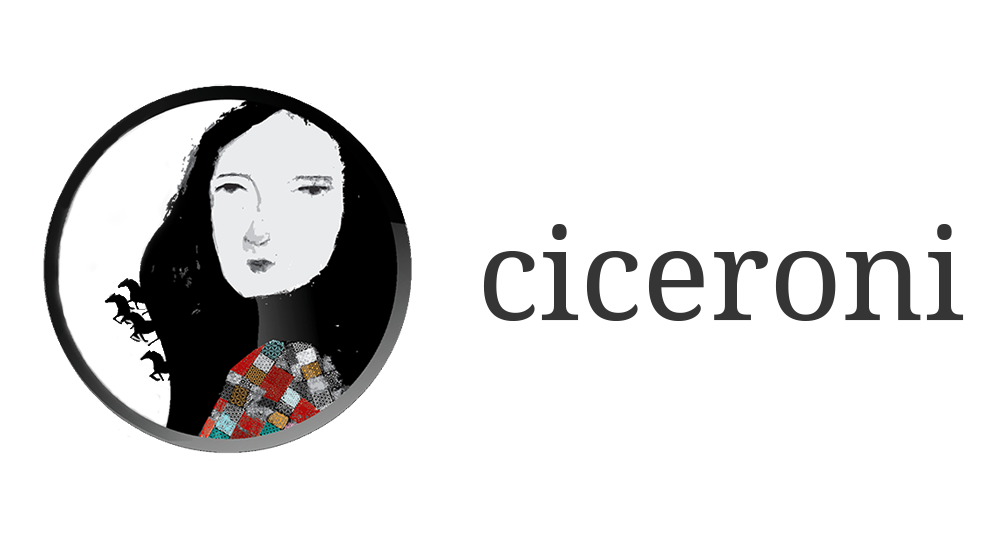There is a certain charm associated with heritage crafts and age-old textiles that have managed to survive the cut-throat competition from the fast fashion conglomerates. These art and craft forms infuse magic into textiles creating pieces of art that are not just unique but also distinctly beautiful.
India has been one rich country when it comes to the number of crafts and textiles that it is home to. Several craft forms have been passed down through generations where the legacy is taken forward generation after generation. Hand-block printing or block-printing, as it is more commonly known, is one of the most loved art forms of India. From sarees and kurtas to dupattas and chaniya cholis, you will find hand-block printed designs everywhere.

While a block-printed piece is easy to identify vis-à-vis certain other complicated textile craft forms, very few people know the process through which it is created.
Artisans involved in the block-printing process first have to craft blocks which consist of motifs. These motifs are inspired by the culture, history and nature of the place and may vary across places. The motifs of Gujarat are quite different from those used in Madhya Pradesh, Uttar Pradesh and Rajasthan.

Once the design for the block is decided, the craftsman traces the motif on a wooden block which is usually made of teak. After preparing the block, the craftsman arranges for the fabric which, prior to the block-printing process, is washed once.
The fabric is then dyed in its base colour and left to dry for some time. Once it is dry, it is fixed on the workstation with pins stuck on all ends to make it firm. The craftsman then mixes several dyes to create a variety of colours and print on the cloth. Most of the block-printing units in India use natural dyes since several chemical dyes cannot produce many of the required colours.

After the block-printed fabric gets dried, it is rolled into padded cloth and put into a steamer. Steamers can either be electric steamers or gas steamers depending on the kind of fabric being used. Cottons go into the electric steamer whereas silks go into the gas steamer.
Once the fabric is steamed, the desired colours start showing on the fabric. However, there’s still some washing, scrubbing and drying to be done so as to ensure that the colours on the cloth don’t bleed.
Once it is steamed, the desired colours start showing on the fabric. After it is all dried up, the block-printed fabric is incorporated into an outfit.

In Gujarat, blocks used in blockprinting are usually made in Pethapur, near Gandhinagar which is also where most of the artisans involved in the process of block-printing come from.
In the quest to know the process and backstory of hand-block printing in Baroda, Ciceroni recently visited Sejal Handicrafts, a fifty-year-old iconic store of Vadodara. Considered as one of the most coveted stores for blockprinted products in Baroda, Sejal Handicrafts, has two thriving workshops in the city. Over the years, Sejal Handicrafts has accumulated a collection of over 2 lakh blocks. The interaction with the artisans at the workshop gave us insights into the history, processes and challenges of block-printing.

Depending on the demand and the order, the artisans craft pieces with single-blocks or multiple blocks. While the products crafted using a single block are relatively easy to make, creating products from multiple blocks require a great amount of concentration.

Plant-based motifs are typical to blocks in Gujarat whereas in states like Rajasthan, animal-based motifs are used more alongwith motifs depicting human life. However, since most of the artisans in Sejal Handicrafts are from outside Gujarat and belong to Uttar Pradesh and Bihar, you will find a lot of variety as far as the blocks are concerned.

The blocks are made in-house as well as sourced from artists based across Gujarat. The blocks that were manufactured in the workshop were conceptualized with the help of Mr. Devendra Shroff, the founder of Sejal handicrafts.
Since Sejal Handicrafts deals with both silk and cotton, it uses electric as well as a gas steamer. These steamers require immense care and maintenance in addition to plenty of storage space.

Throughout the entire process, the artisans have to maintain utmost precision so as to ensure that the prints are uniform and look visually appealing. Each step of the process requires a great amount of concentration and acuity. The artisans work up to 10 hours daily in order to craft pieces that carry forward a craft form that is ages old. In each of the workshops, the artisans work hard to block-print on at least 8-10 sarees on a daily basis.


While block-printing is an extremely revered craft tradition, its revival in recent times can be attributed to the launch of several indie brands that have made their way to online stores, charming online shoppers with smart visuals and captivating copy lines. However, it is difficult to look at a block-printed piece online and get an idea about how massively consuming the entire production process is.
While it’s great that online platforms now promote and encourage such crafts, it is important to support workshops like Sejal Handicrafts, to recognize their efforts and to shop from them locally. Maybe it’s time we pause that online shopping cart, step out and enter a store where we can touch and feel the products, where shopping is more than just a task, but a sensorial experience.

It’s time we revisit the modest age old local stores and we might just be surprised as to how well these stores have evolved over time. Maybe it’s time we embrace the joy of supporting local stores and artisans.
Which are your favourite local stores? Tell us in the comments below









